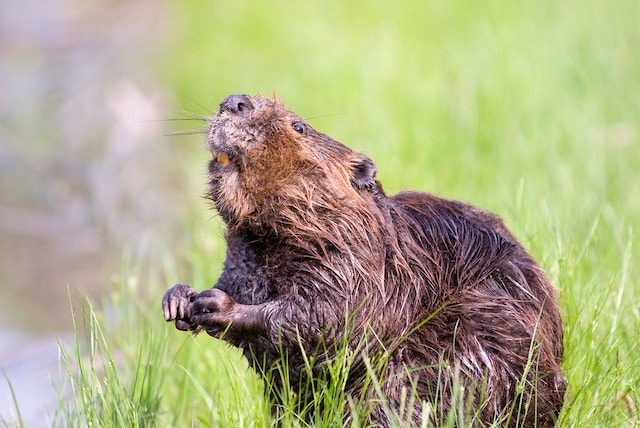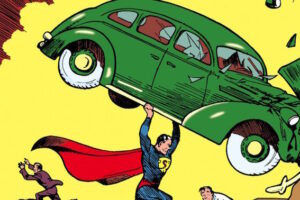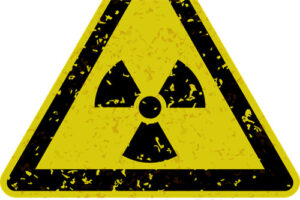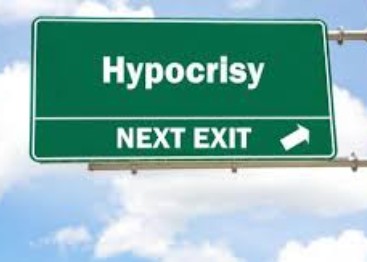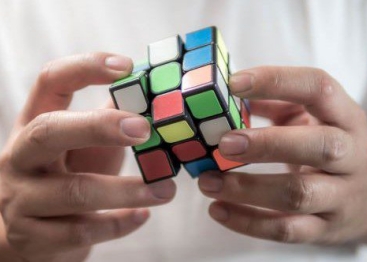The Rise of Skincare Tweens: Why Kids Are Using Serums & Eye Creams
The Rise of “Sephora Kids”: When Beauty Trends Hit the Playground
It all started with a simple breakfast conversation. “Mum, I need eyelash serum,” my six-year-old daughter announced casually, as if she were asking for cereal. I was stunned. Eyelash serum? At six? This wasn’t the first time she’d surprised me with her beauty-related requests. She’d previously asked for a Charlotte Tilbury Hypnotising Pop Shot for her friend’s Christmas gift, a Disney princess eyeshadow palette, and even a cute rabbit-shaped vegan lip balm. While I’d indulged her with kid-friendly makeup sets and non-toxic nail polishes, this felt like a line had been crossed.
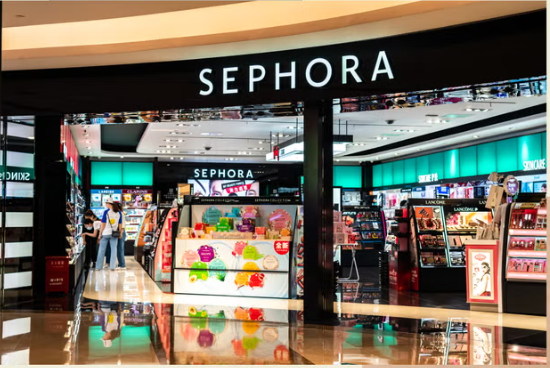
Welcome to the world of Gen Alpha, the generation born after 2010, often dubbed “Sephora kids.” These are children who aren’t just playing dress-up with their mum’s old lipstick anymore. They’re curating multi-step skincare routines, obsessing over anti-aging serums, and hosting beauty-themed birthday parties. Yes, you read that right—beauty parties.
The Beauty Party Phenomenon
My daughter, Liberty, recently asked to celebrate her birthday at Claire’s, the go-to store for young fashionistas. She wants a makeover and catwalk party before the store even opens to the public. While part of me wants to give in—after all, makeup has always been a part of imaginative play—I can’t shake the feeling that something has shifted.
Beauty-themed parties have become a staple for Gen Alpha. Sephora and Glossier, among other retailers, are reportedly hosting informal birthday events where kids can sit in makeup chairs, watch tutorials, and leave with goody bags full of product samples. It sounds fun, but it’s sparking a heated debate. Dermatologists warn that young skin is too delicate for adult skincare products, and there’s growing concern about the mental health impact of children striving for flawless, contoured faces.
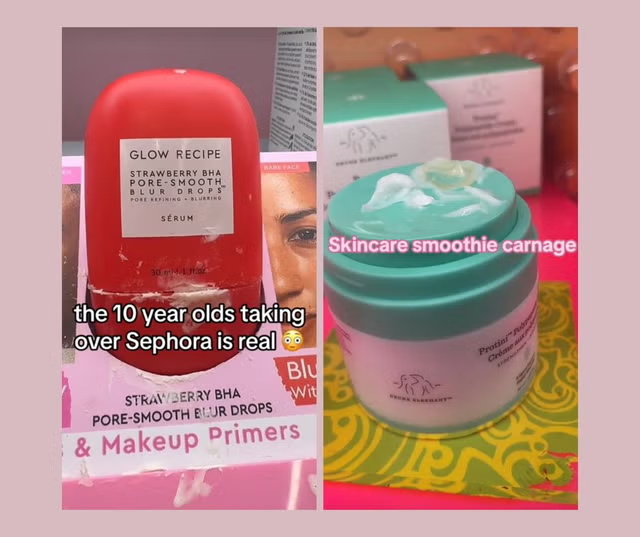
Social Media: The Driving Force
The “Sephora kids” trend isn’t happening in a vacuum. Social media platforms like TikTok, Instagram, and YouTube are fueling this obsession. Kids as young as seven are sharing their skincare routines online, and pre-teens are begging their parents for £50 moisturisers. Shockingly, some 10-year-olds are even using anti-aging products containing retinol and exfoliating acids—ingredients designed for mature skin, not playground adventures.
Ellen Atlanta, author of Pixel Flesh: How Toxic Beauty Harms Women, argues that we’ve entered an era where girlhood is being commodified. “It’s no longer enough for children to be children; they must now be beautiful and photogenic too,” she says. The beauty industry, she adds, thrives on eroding self-esteem early, creating a lifelong dependency on its products.
The Psychological Toll
Dr. Denish Shah, founder of Georgia State University’s Social Media Intelligence Lab, points out that Gen Alpha is a prime target for beauty brands. With most kids owning smartphones by age 10 and spending hours on social media, they’re bombarded with curated images of “perfection.” This can amplify insecurities, leading to lower self-esteem, negative self-image, and even mental health issues like depression.
A recent YouGov poll revealed that 46% of six to 11-year-olds have active social media accounts, despite age restrictions. This early exposure makes Gen Alpha more image-conscious than previous generations, leaving them vulnerable to unrealistic beauty standards.
Dermatologists Sound the Alarm
Dr. Emma Wedgeworth, a consultant dermatologist, warns that the trend of young children using multiple skincare products is alarming. “Children’s skin has a very different physiology to adults, particularly before puberty,” she explains. Using inappropriate products can lead to irritation, eczema, and even long-term issues like contact allergic dermatitis.
She’s overheard eight and nine-year-olds discussing serums, face masks, and eye creams—products they often choose based on viral TikTok trends or attractive packaging, not because they understand the ingredients.
A Slippery Slope
What starts as a £4.50 hydrating mask from Claire’s can quickly escalate to a £46 serum from Sephora. Brands know that by targeting Gen Alpha early, they can cultivate lifelong customers. But at what cost?
As a parent, I’ve decided to step back. Children shouldn’t feel pressured to look perfect or believe that certain products—or even parties—will make them more popular or attractive. We need to teach them that their value isn’t tied to their appearance.
The Bigger Picture
This isn’t just about makeup or skincare. It’s about how we’re raising a generation of kids who are learning to see themselves through a cosmetic lens. Instead of exploring who they are and what they’re capable of, they’re worrying about how much acid their skin can handle.
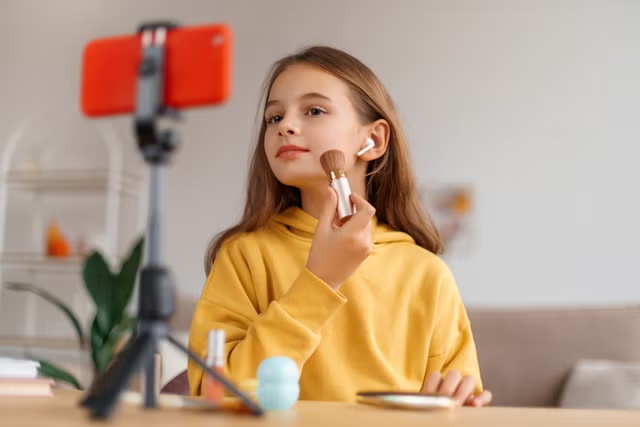
So, while I might let Liberty have her Claire’s party (because, let’s face it, saying no to a six-year-old is hard), I’ll also be having a conversation with her about what really matters. Because childhood should be about play, not perfection.
What are your thoughts on the “Sephora kids” trend? Have you noticed it in your own family or community? Share your stories below—let’s keep this conversation going.


